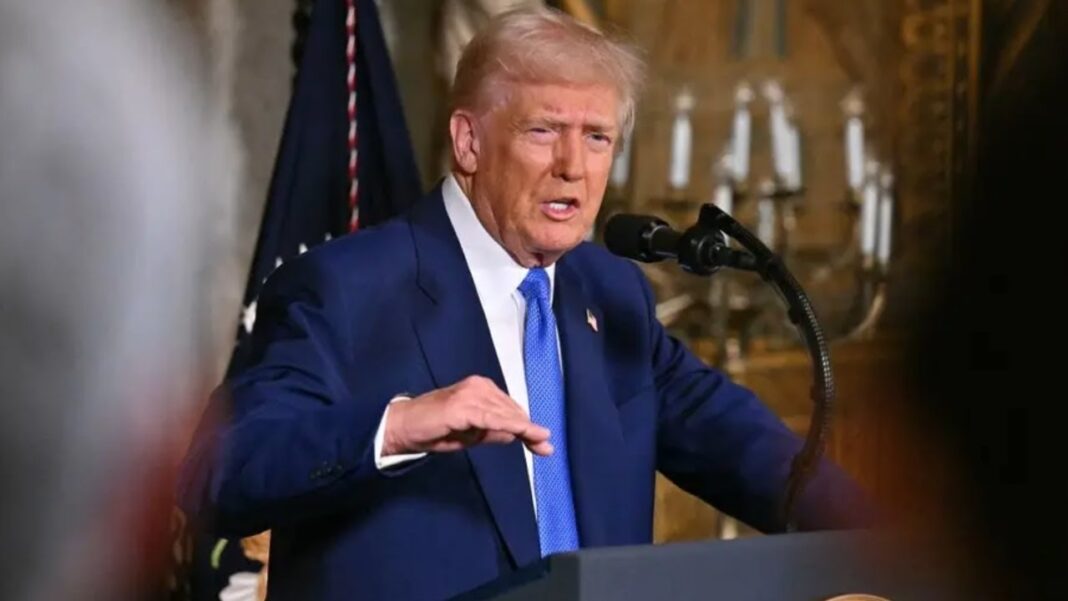Auditing Fort Knox gold reserves is “several decades overdue,” says a sound money advocacy group executive.
Tech billionaire Elon Musk indicated that Fort Knox, the Kentucky-based facility famous for storing U.S. gold reserves, could be investigated.
“Looking for the gold at Fort Knox,” Musk wrote on social media platform X on Feb. 18. “This gold is the property of the American people. I sure hope it’s still there!”
The SpaceX and Tesla Motors CEO also shared a post from Sen. Mike Lee (R-Utah), who said he was denied access to the high-security U.S. Army installation, which also houses treasures and important documents.
“Who is confirming that gold wasn’t stolen from Fort Knox? Maybe it’s there, maybe it’s not,” Musk wrote.
Last week, Musk was encouraged by Sen. Rand Paul (R-Ky.) to review Fort Knox’s gold reserves.
During a Feb. 17 interview with “FOX & Friends,” Paul revealed that he has been trying to obtain greater transparency for the last decade “to make sure it’s all there.”
The Kentucky senator also believes an audit can confirm that the precious metal “still has value” and can implicitly provide “value to the dollar.”
“That’s why we don’t get rid of it. We’ve got it. The IMF has it, the World Bank has it. Most of the central banks around the world have gold, and it’s an implicit trust that the dollar still has some backing,” Paul told host Lawrence Jones.
What Is Fort Knox?
Fort Knox, officially called the U.S. Bullion Depository, was first established in 1918 and named after Maj. Gen. Henry Knox, the first U.S. secretary of war.
In 1932, it became a permanent military post. Four years later, the U.S. Bullion Depository, associated with Fort Knox, was constructed to secure the nation’s gold reserves. The first shipment of gold arrived in 1937, transported from the New York Assay Office and the Philadelphia Mint.
It is estimated that Fort Knox holds more than 147 million troy ounces, worth approximately $425 billion.
Reserves originated from various sources, including the U.S. government buying gold from other countries during World War II, international settlements and trade, and mining.
By Andrew Moran





